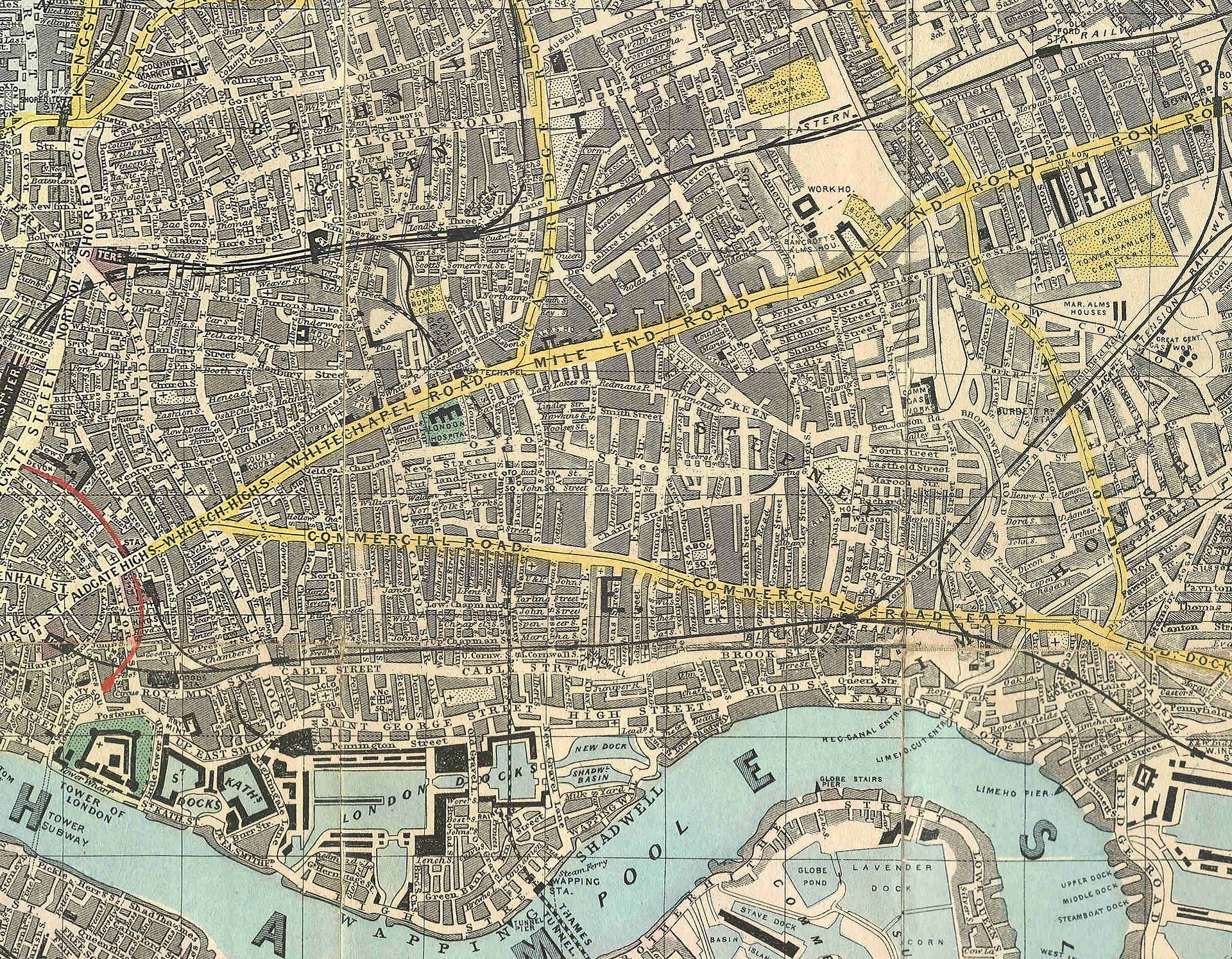top of page




Measures of central tendency help us to understand the distribution of the data values in the dataset. There are three main measures of central tendency that we will discuss in this section. Mean, which is often called the average, is thought of as the most central score. It is calculated by adding up all of the data, and dividing by the number of data points. The median is literally the middle value, sort the data and count to the middle. The mode is the value that is most common in the data set. (Salkind, 2017)

The data set we are using as an example is the results of a fictitious undergraduate business class on a quiz about basic business knowledge. At mid-term and at the end of the semester, similar quizzes would be administered to assess if the student’s knowledge increased as a result of taking the course.





In this example data set, the mean, median and mode are all 88. This indicates that the data are normally distributed, in the familiar bell curve graph.
As a practical matter, the measures of central tendency indicate that students began this course with varied knowledge of business concepts. It means the instructor will need to provide the lower scoring students with the basics of business. It also means that the higher performing students may need additional challenges in order to engage them and allow them to benefit from the instruction in the course.
Salkind, N. J. (2017) Statistics for people who (think they) hate statistics. Thousand Oaks, CA: SAGE Publications
bottom of page